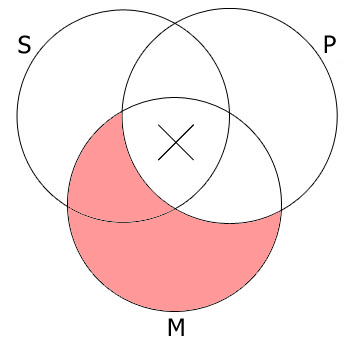Over the last few weeks, during my drive to work, I've been hearing those commercials on the radio where, for $54 dollars you can name a star after someone. Yep, that's right. For the low price of $54 dollars, the very official sounding International Star Registry will provide you with a beautiful, full color parchment certificate personalized with the star's name, date and coordinates along with a detailed star chart showing your star circled in red.
The commercial goes on to say that since 1979 the International Star Registry has named countless stars for celebrities, dignitaries, royalty and Joe Schmoes just like you. The star name is recorded in the Astronomical Catalog which will be registered with the U.S. copyright office.
With Christmas right around the corner, you might be thinking this would be the perfect gift. In this ephemeral world that we live, who wouldn't want something which would provide a sense of permanency. A star in our name, something that would be there long after we are gone. A small reference to our existence, immortalized for future generations to see.
Yes, it would indeed be the perfect gift, if it wasn't largely a scam.
Though the International Star Registry sounds very official, in reality they are not recognized or used by any scientific institutions. They are a private, for profit company which is simply finding a star, labeling it with the purchased name and recording it in their catalog. That's it. The catalog is simply a company database. It is not used by the scientific community. In reality, it seems the
International Astronomical Union (IAU) "is the internationally recognized authority for naming celestial bodies and surface features on them. And names are not sold, but assigned according to internationally accepted rules."
It should be noted that there is nothing illegal with what International Star Registry is doing. When I said earlier that it was a scam, I didn't mean that the company was breaking the law, only that what they are doing is deceptive. And while it may seem like a largely harmless deception, there are people that experience a heavy emotional disappointment when learning the truth. As Stuart Atkinson wrote on his blog
Cumbrian Sky "I feel very strongly about, I don’t mind admitting. Why? Because I am tired of having to disappoint and upset people who come to me as star parties and astronomy meetings, asking me if I can help find the star they “named” after their deceased mother, father, son, daughter, brother, sister, fiance, wife, husband, grandmother, grandfather or pet. These people “buy” stars in good faith, thinking, genuinely, that a way out of – or to at least ease – their grief is to buy a star for their dead loved one, thus immortalising them and preserving their memory. They are led to believe by the advertising blurb that “their star ” will be on view in the sky for all to see… so they come up to me at a star party, ask me to point out the star they bought, or, if it’s cloudy, point it out to them on a star chart or in an atlas. And I feel sick to my stomach when I have to tell them that the star they “bought” and “named” only bears that name in that company’s star registry database, and that you need a telescope to see it."
So save yourself $54 dollars and get a present your loved one will really enjoy. Or, if you are still not dissuaded, send me the money and I'll provide a star for you to name. I'll write it down in a book and keep it safe for you. After all, it isn't much less than what the star naming companies do.



